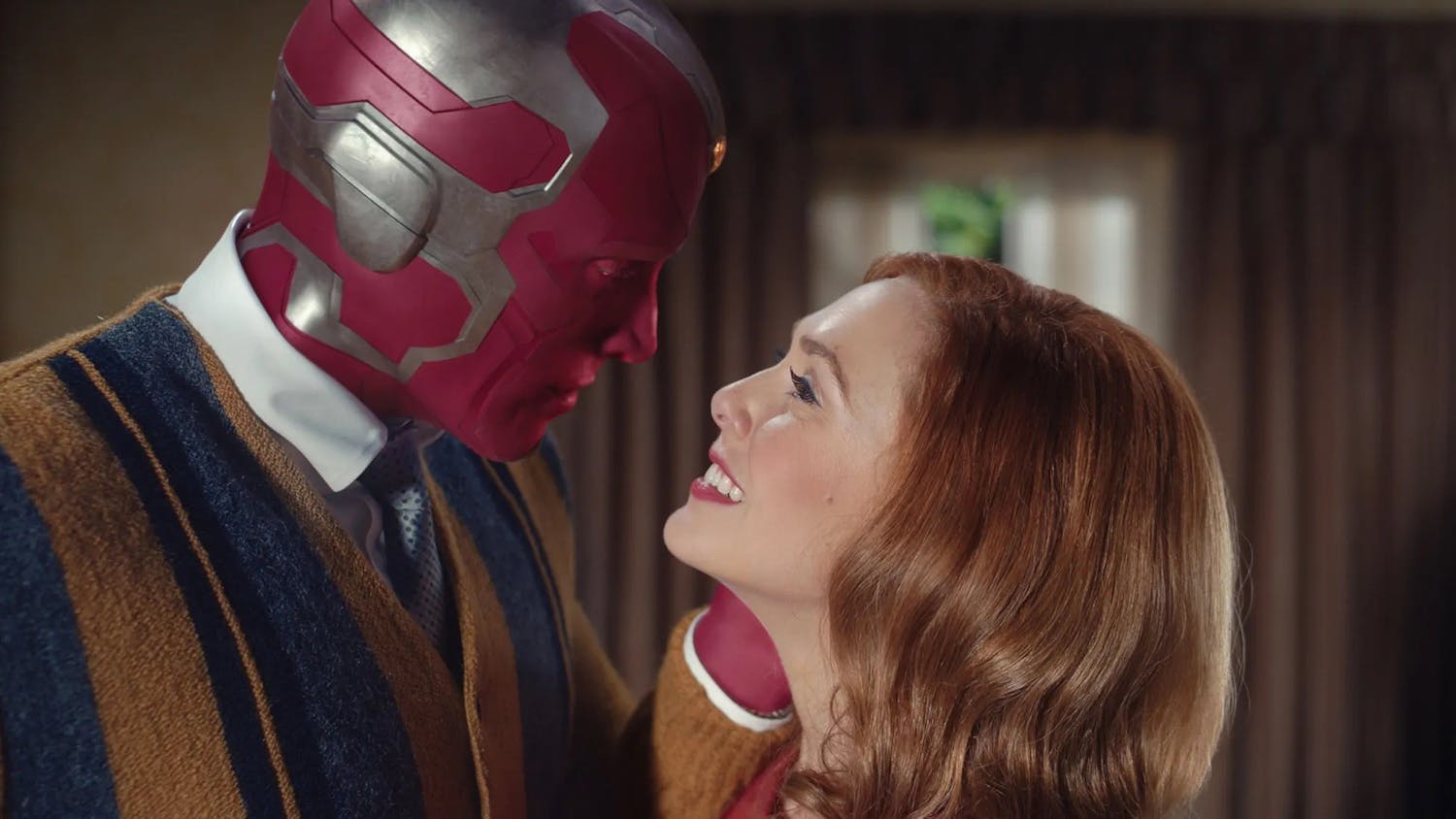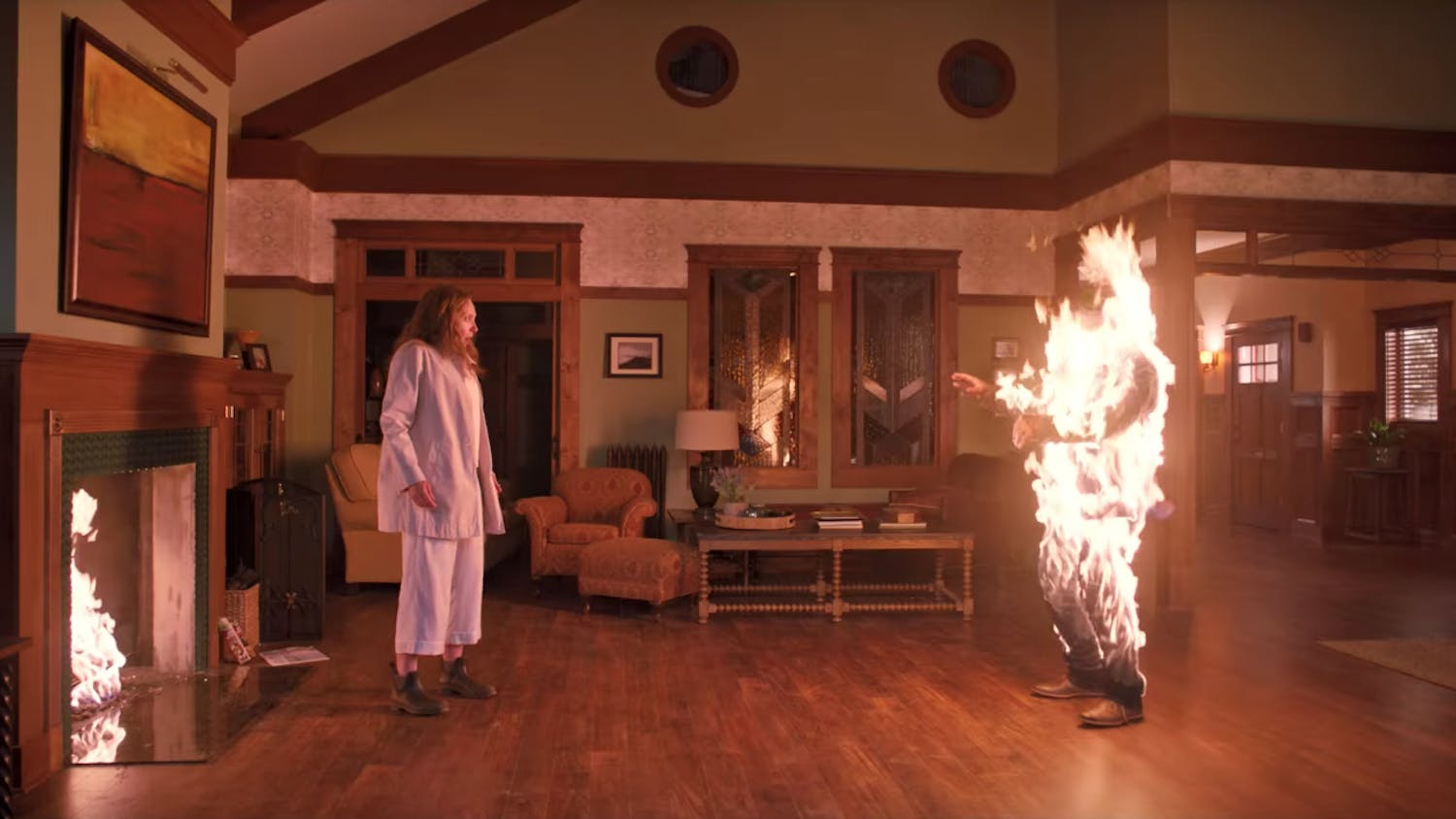So I was sitting at home over Thanksgiving break, and I gradually came to the realization that college students simply live on a different level of the space time continuum than the rest of the population. As a result, I found myself sitting up into the wee hours of the morning as the only conscious being in my house and did what any highly motivated student would do: spend time watching and rewatching old movies.
While revisiting a few old favorites, I was struck by something. That is, the capacity that many movies have to be equally deep, complex, enjoyable, well-paced and well-made while still being radically different in their execution and design.
The two films that sort of worked together to lead me to this realization were “Fargo,” the Coen Brothers’ modern classic, and “The Good, The Bad and The Ugly,” Sergio Leone’s, um… classic, classic.
For those of you out there who don’t memorize movies’ runtimes, let me take a second to point out that “Fargo” is just over an hour and a half long, while “The Good, The Bad and The Ugly” is just under three hours long. Basically, the second is roughly twice as long as the first.
It’s not that “Fargo” is just infinitely simpler than “The Good, The Bad and The Ugly” either. In fact, you’d be much harder pressed to summarize the former’s plot in a single sentence than you would the latter’s.
And yet neither is really hurt by their overly long/short runtime, because both have a very developed style of storytelling perfectly tailored to the story being told. Probably why they call it good storytelling.
Anyway, let’s compare the two. Straight away, from their opening scenes, the two films couldn’t contrast with each other more.
“Fargo” opens with a scene that’s almost entirely dialogue, just some of the characters sitting in a bar, and in it we are introduced to both the event that is the driving force behind the plot and three of the main characters, one of whom is our first protagonist, with the other two being our main antagonists. The three of them have their characters immediately developed in this conversation (Carl won’t shut up, Gaear doesn’t say two words, and Jerry is bumbling, nervous and polite). The scene itself doesn’t run more than five minutes.
Contrast this with “The Good, The Bad and The Ugly,” which sees no dialogue for the first 10 and a half minutes. Even after the first scene, which introduces the main object of the plot, we get another series of scenes that are only tangentially or not at all related to the focus of the story, serving instead to develop and flesh out the characters more fully before introducing the main conflict.
These two styles of storytelling are introduced in the opening scenes of their respective films, then applied throughout the movie from that point on, and they represent two markedly different but equally effective methods for developing and executing a script.
Where “Fargo” presents its characters as they progress through the story, intrinsically tying their development as people to the events of the plot, “The Good, The Bad and The Ugly” takes the time to first build up its characters, fleshing out their backstories in full scenes and subplots and writing their mythologies before they get to their central conflict, creating larger-than-life characters that seem like they’ve just stepped out of some Western legend.
In this way its characters are better fit to the epic scale, epic story and epic runtime of the film while at the same time contributing to it, while in “Fargo” we see the characters as more human, we react with them, we grow alongside them and we more easily identify with them. Woody Allen achieved the same effect in “Midnight in Paris” by having the pedantic, annoying character deliver the moral of the story right off the bat, but because we dislike him so much we’re resistant to the idea that he would be right about something, and so we have to gradually come to the realization at the same time as the main character does, letting us identify with him more and find him more relatable.
However, despite the two fundamentally different approaches to storytelling that are applied in “Fargo” and “The Good, The Bad and The Ugly,” both of the films deliver essentially the same message of the ridiculous lengths that people can be driven to by greed. Again, each film conveys the message in its own way, but both methods are perfectly suited to the movie in which they are found. The message resounds just as deeply in one as in the other, and both films can rightly be considered masterpieces for it.
Know of other great feats of film? Send them to wellens@wisc.edu.





